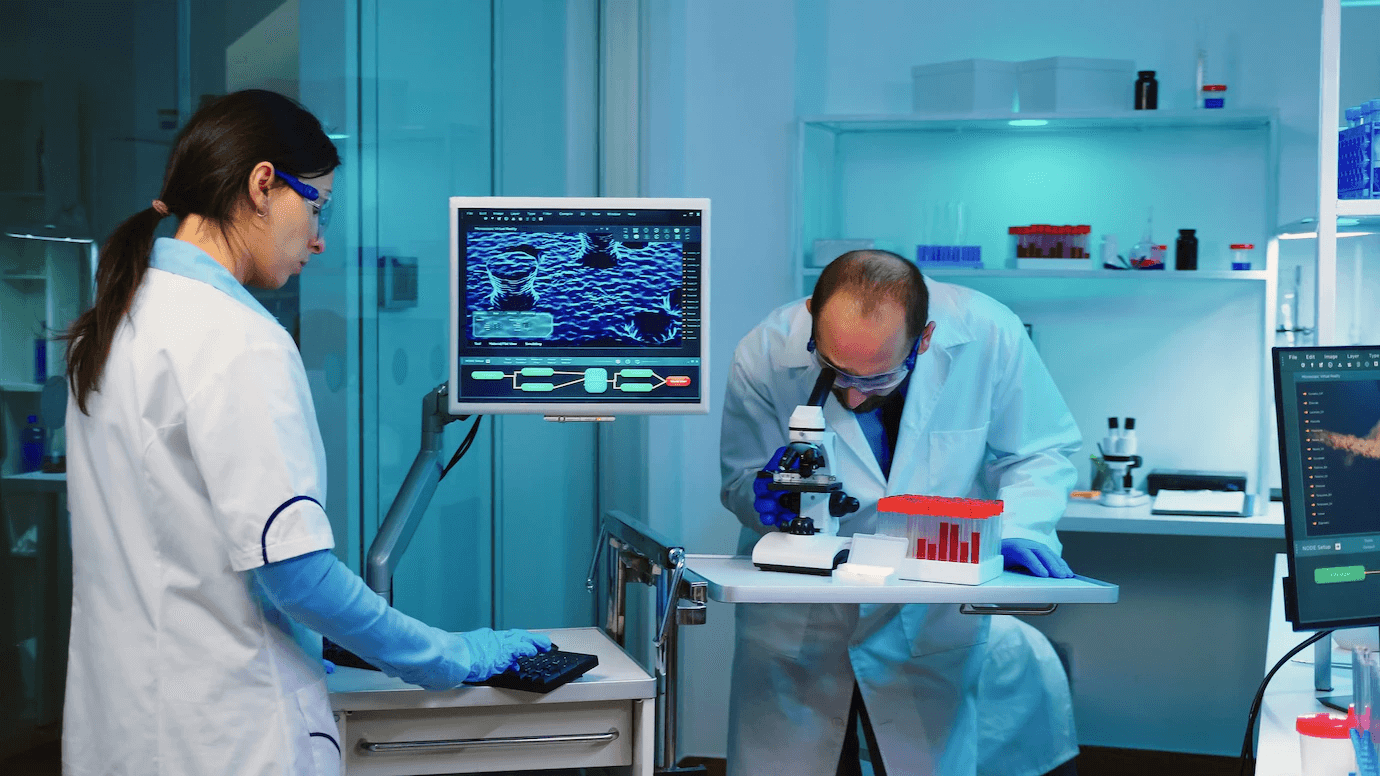What happens in the kidney stone treatment?
Diagnosis :
The symptoms of kidney stones are quite apparent with sharp pain in the side and back which increases with time. However, the doctor may recommend some diagnostic tests to confirm the presence of stones and determine their size, location, and number. Here are some diagnostic tests recommended by the kidney stone doctors –
Imaging tests - Includes abdominal X-rays, ultrasound, MRI, and CT scans.
Blood tests – – To examine the contents of calcium, phosphorus, uric acid, and electrolytes.
Blood urea nitrogen (BUN) and creatinine – To determine any abnormal functioning of the kidneys.
Urinalysis – To assess urine contents and indicate any bacteria, blood, etc.
Kidney Stone Removal Preparation :
A kidney stone doctor may recommend several tips before the kidney stone procedure to ensure a smooth treatment. This is how you can prepare for the kidney stone removal procedures –
Inform your doctor regarding any ongoing medications before the surgery.
Discuss your current medical condition with the kidney stone doctor to assess the risk of complications during the procedure and how they can be avoided.
Wear loose-fitting clothes to avoid discomfort around the surgical site.
Stop smoking tobacco before the surgery.
Inform your doctor about your history of allergies related to anesthesia.
Do not eat or drink 8 to 9 hours prior to the surgery.
Procedure :
There are four different surgical methods of kidney stone removal depending on the size, number, and location of the stone. These treatment methods are recommended when the mediations are ineffective against kidney stones. Different surgical methods for kidney stone removal include the following –
The doctor administers spinal anesthesia to the patient before the procedure. The procedure can be done without anesthesia also, depending on the preference of the patient. The patient is made to lie on a water-bed cushion. The fluid prevents damage to the surrounding organs by acting as a medium between the lithotripter machine and the tissues. After determining the location of the stone, the surgeon releases a series of precise high-energy shock waves that break the renal stones into smaller fragments.
The stone pieces are flushed out of the body through urine. There are no cuts or stitches involved during the shockwave lithotripsy and therefore, results in faster recovery. ESWL is usually not recommended for large kidney stones as it may require multiple sessions to completely break them. The surgeon may also choose to insert a ureteral stent in case of a large stone to reduce the pain during the stone expulsion.
- URSL ( Ureteroscopic Lithotripsy )
The procedure begins after the patient is given spinal or general anesthesia. The surgeon inserts a thin, long fiber-optic ureteroscope into the ureteral passage through the urethra. The stones are located precisely using external x-rays and imaging tests.
Once the stone is located, it is either broken into smaller pieces with the laser or removed in its intact form. The stone fragments are collected in the stone basket and removed from the body. The remaining stone fragments are then flushed out through urine. The surgeon may use ureteral stents to help flush out the stones from the body. The stent expands the passage of the ureter, which makes it easier for the stone fragments to travel through the ureter and out of the body.
- RIRS ( Retrograde Intrarenal Surgery )
Before the procedure, the patient is administered spinal or general anesthesia. After the patient is sedated, the surgeon uses a long, thin flexible endoscope and inserts it into the urethral passage to reach the urine-collecting part of the kidneys.
Since precision is a key factor during RIRS surgery and so, the surgeon leverages x-rays and image screening to generate live images of the kidneys on an external screen. The endoscope is moved up in a retrograde manner towards the kidneys where the stone is present. Once the scope reaches the desired location, the surgeon uses an advanced holmium laser to target stubborn stones and break them into smaller fragments without damaging the surrounding organs. The stone fragments are then collected in the stone basket which is subsequently removed. Alternatively, the stones are also removed in their intact form using small forceps.
The surgeon may insert stents to expand the ureteral passage. Stents are flexible, hollow tubes that run from the kidneys to the ureter. They enlarge the ureteral passage to help flush out stone fragments from the body smoothly. Ureteral stents are removed once the stones are completely flushed out of the body. Usually, it takes 10 to 14 days under normal circumstances. Furthermore, the viability of the RIRS procedure has been upgraded by the advancements in medical tools and equipment like wires, ureteral access sheath, and stone containers.
- PCNL ( Percutaneous Nephrolithonomy )
After the anesthesia is given, the surgeon makes a tiny incision in the flank area (lower back). A thin, flexible nephroscope is inserted through the incision under x-ray guidance to visualize the stones and determine their precise location. Next, a thin needle may be used to access the urine collecting system of the kidney to carefully dilate the route. This is achieved using a guidewire that allows the nephroscope to safely access the part of the kidneys.
Once the stones are located, the surgeon may choose to either break the stone into smaller pieces or remove it in its intact form using microforceps. In some cases, DJ stenting may be required that allows the stone pieces to flush out through urine. Ureteral stents are thin, hollow tubes that are inserted through the urethral opening to reach the kidneys. They may be kept for about 10-14 days, depending on how long it may take for stones to completely flush out of the body.



